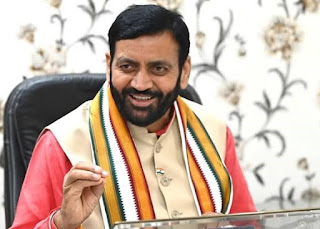The United States continued to be India's top importer of pharmaceuticals, acquiring US$ 8.95 billion worth of medications over the period, representing an annual rise of 14.29 percent. South Africa, France, Brazil, and the United Kingdom were other significant pharmaceutical markets. Industry insiders highlight India's growing worldwide contribution to the production of generic drugs. worldwide management consulting firm McKinsey & Company reports that India is the world's top provider of generic drugs and that its export growth rate of 9 percent annually is roughly double that of the worldwide average.
It is anticipated that the pharmaceutical industry would keep expanding in the years to come. Strong pricing tactics, creative marketplaces, and steady consumer demand are expected to drive the domestic pharmaceutical industry's 8–9% growth in FY26, according to India Ratings and Research (Ind-Ra), a reliable source of opinions for India's credit markets. The two primary drivers of growth in FY25 were price increases of 5.5% and the launch of new products, which contributed 2.7%, while sales volume stayed constant.
Pharma revenues in February 2025 increased by 7.5 percent over the previous year because of their strong product pipelines and efficient pricing tactics. Because of its strong exports and 8% compound annual growth rate, India's pharmaceutical industry continues to be a major global supplier, enhancing both the country's economy and access to healthcare worldwide.




.png)




